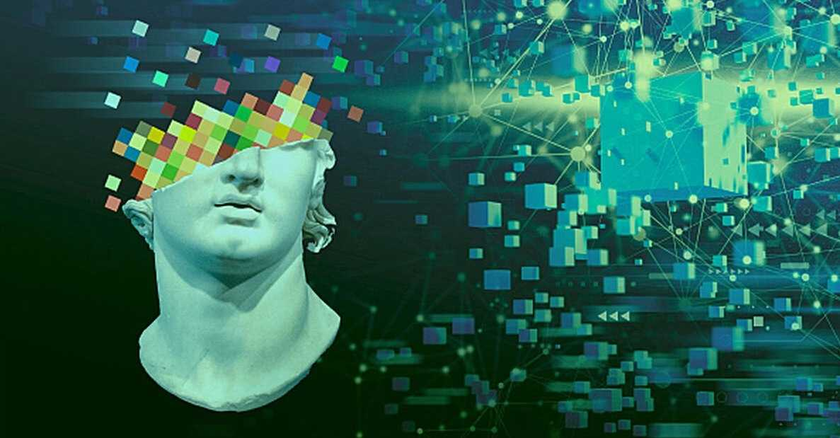|
Did you know? The concept of a peer-to-peer digital currency that could not be tracked was created back in 1983 by David Chaum, an American IT expert. The same year he published his theory about cryptographic digital cash in a scientific journal and by the end of 1989, he founded the company Digicash. Anyways, here's what's on our minds... |
Will asset tokenization make illiquid markets liquid?A BCG report says it can become a $16T market by 2030 |
|
Asset tokenization is the process of creating a digital token to represent another asset. For example, an asset token can represent equity and bonds, as well as non-traditional investments like car fleets and patents. A large chunk of the world's assets are illiquid, including real estate, private debt, art, and private equity. This is due to a few factors such as limited affordability for a wide range of investors, lack of expertise among wealth professionals, and investment opportunities restricted to elite groups, such as the case of collectible cars and vineyards. On-chain asset tokenization would provide this liquidity by representing partial ownership in these currently illiquid assets. You can think of it like a stock where your shares represent a small percentage of ownership in a larger company. In the case of tokenized assets, you can own a token that represents ownership in something otherwise illiquid. There are a few benefits to asset tokenization, including making these assets more affordable by dividing them up into pieces represented by tokens, enabling borderless accessibility, unlocking liquidity in otherwise illiquid markets, and ensuring better price discovery. That last point is critical, as illiquid assets typically trade at a discount versus liquid assets. So how big can the asset tokenization market become? According to a report from BCG, tokenized assets could reach a global market size of $16.1 trillion by 2030. |
|
Tokenization of global illiquid assets by 2030 |
 |
|
Source: World Economic Forum – Global Agenda Council, BCG Analysis 1For example, Insurance policies, Pensions, Alternative Investments 2e.g., Infrastructure Projects, Car Fleets, Patents Note: The analysis does not include crypto assets |
|
They argue that the estimate is conservative because the regulatory hurdle is going to be the hardest. In their best case, they argue that the market can reach $68 trillion by 2030. Getting over the regulatory aspect will be the most challenging. In the United States, the SEC will almost certainly suggest that most use cases fall within the Howey test, and will therefore be deemed securities. This will require regulatory compliance and proper filings with the appropriate agencies. Additionally, while the ease of international transfer sounds great, it could present an opportunity for fraud. The SEC, for example, may have stricter regulatory requirements than other countries when it comes to securities registration. So a tokenized asset minted in a country with loose securities laws could be sold in other jurisdictions, and taking legal action against fraudulent actors might be challenging given that the parties will be in two separate jurisdictions. Nevertheless, asset tokenization has many upsides, and adoption sooner rather than later can ultimately make the illiquid markets more liquid. |



























